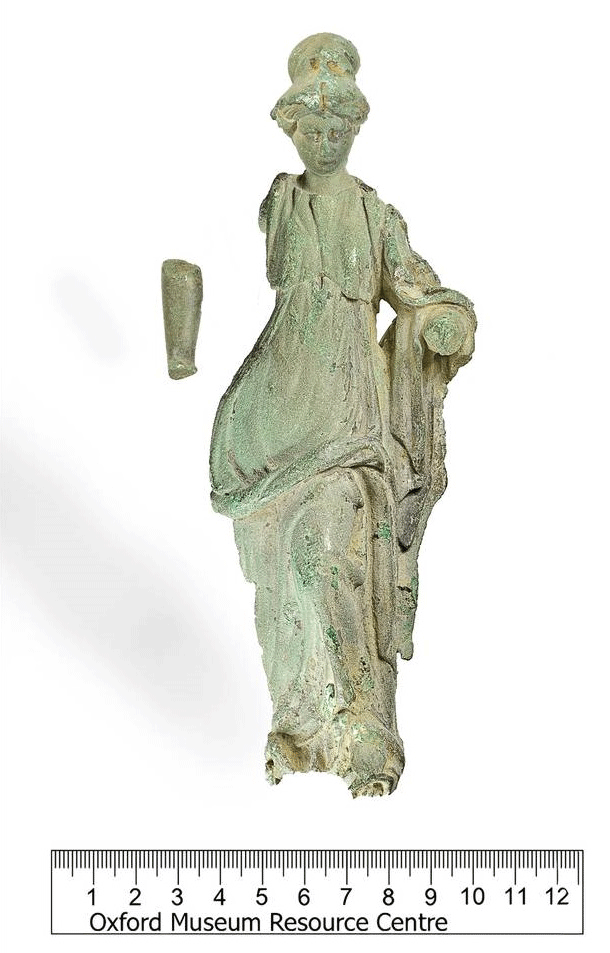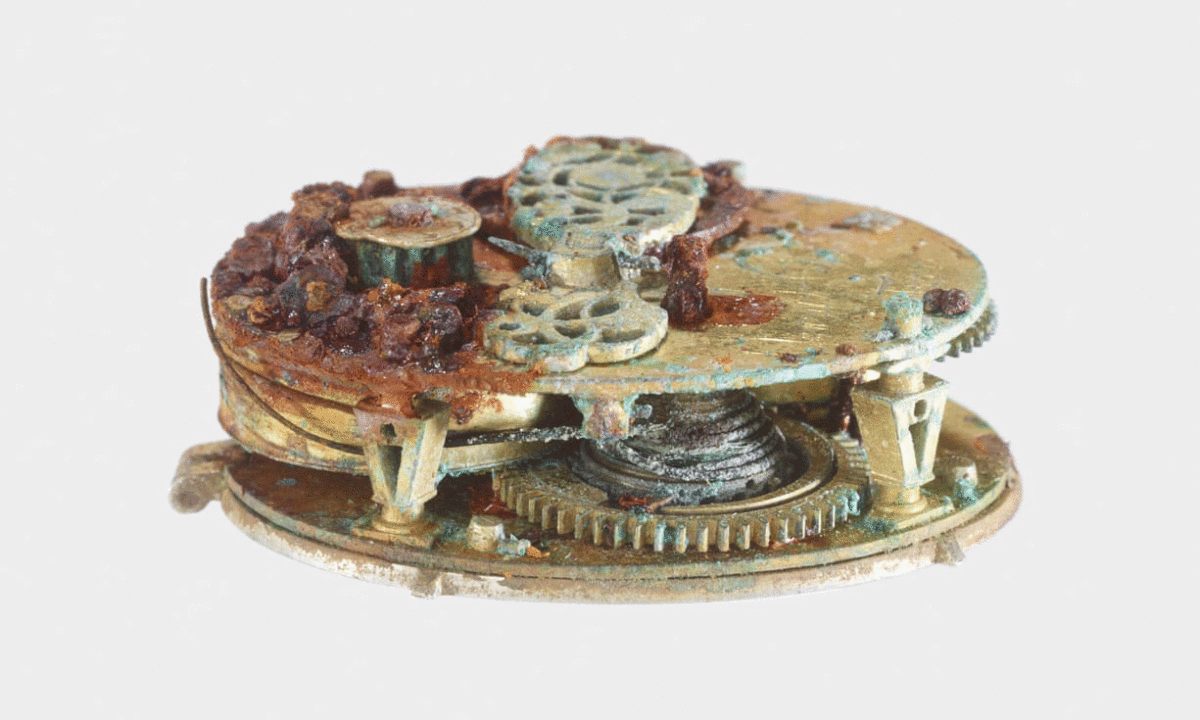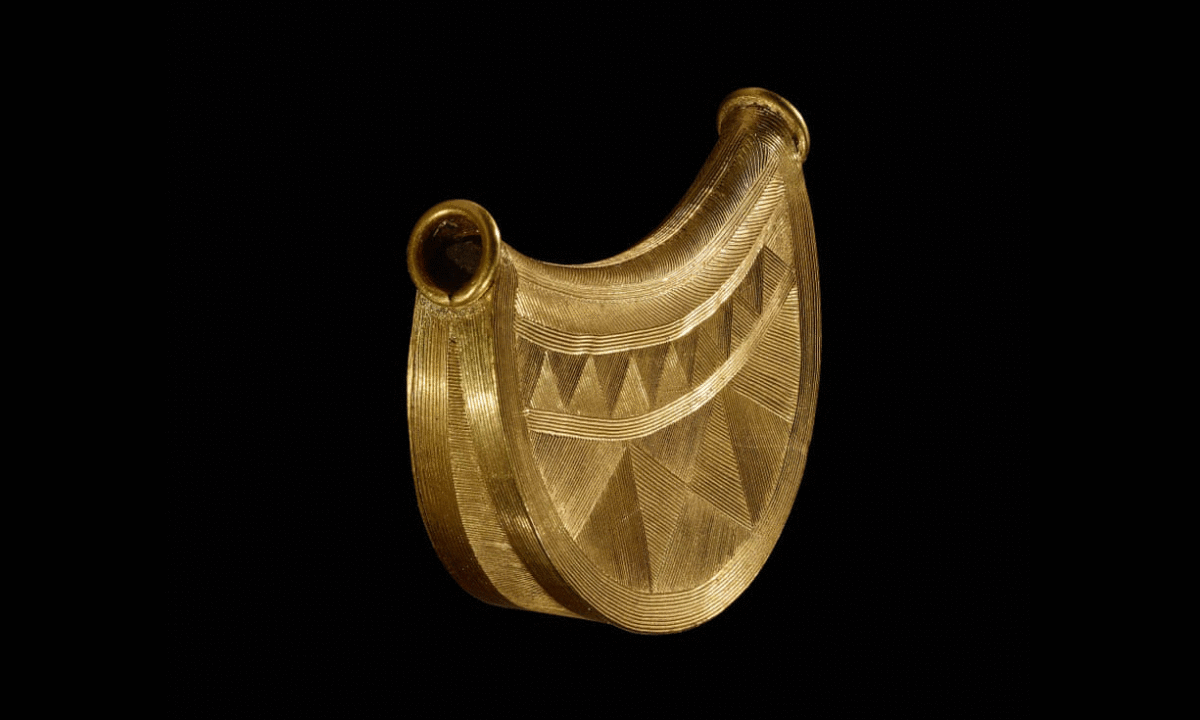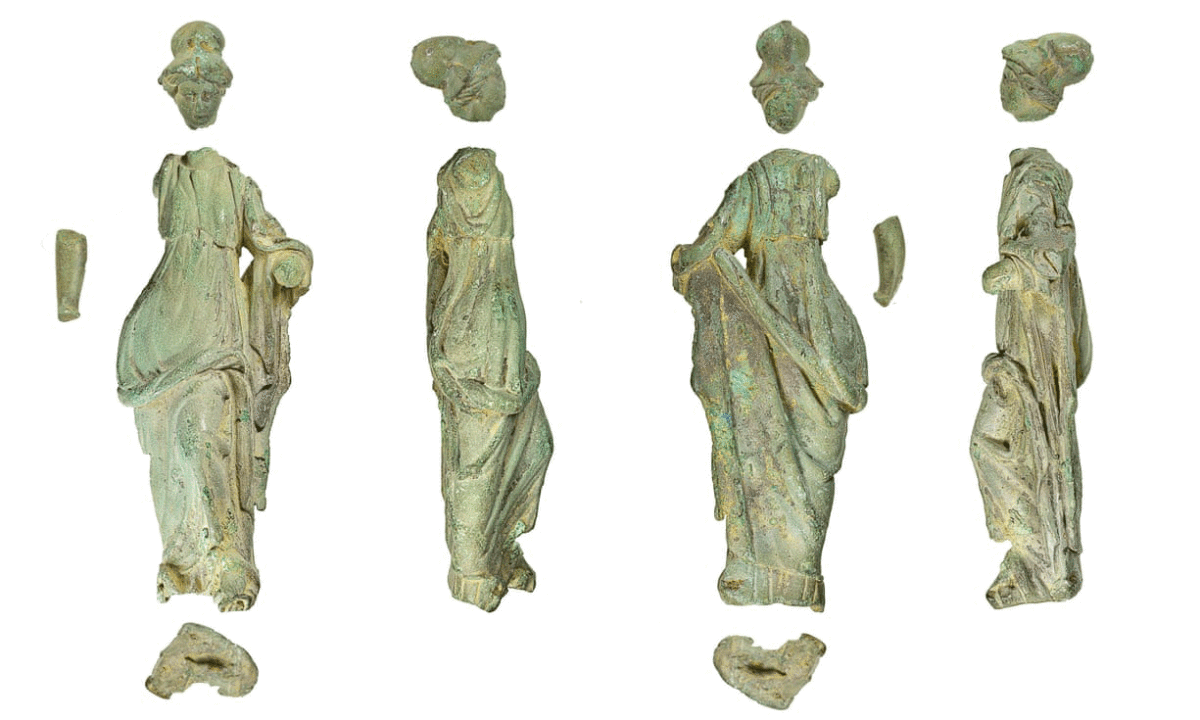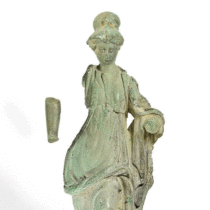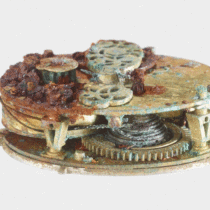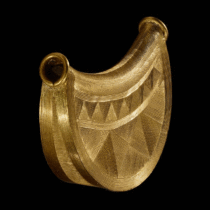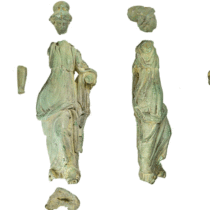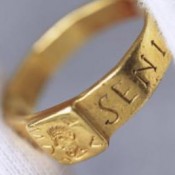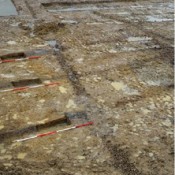A Roman figurine and a gold bulla were among the finds from the UK found by people who were not involved in archaeological research. The announcement was made by the British Museum and the details of 1,267 finds were revealed.
The statuette is 2,000 year old and represents the goddess Minerva. It had been found by a detectorist in a field near the village of Hailey, Oxfordshire over a decade ago and was kept in a plastic margarine tub by the landowner, as it was thought to be a modern copy. The landowner forgot about the item he thought was not of special value until it was rediscovered by a treasure hunter, Len Jackman, who also did not recognise its value at first sight. A few months later, though, when he had found a number of other items nearby, he realised the item was ancient and the two men took it to the local finds liaison officer, Anni Byard.
The statuette dates to the first or second century and had probably been on a shrine. The head has been detached from the body.
Along with other items presented by the museum, there was a shimmering gold bulla, or pendant, which was found in the Shropshire Marches and dates back about 3,500 years. It is the second Bronze Age gold bulla found in England and it could have been easily been mistaken for an art deco item.
A total of 78,000 archaeological items, some classified as treasure, were logged in 2017 alone – and 93% of these were found by metal detectorists. Michael Ellis, heritage minister, welcomed the finds and announced a consultation on how the system for metal detectorists could be improved.
